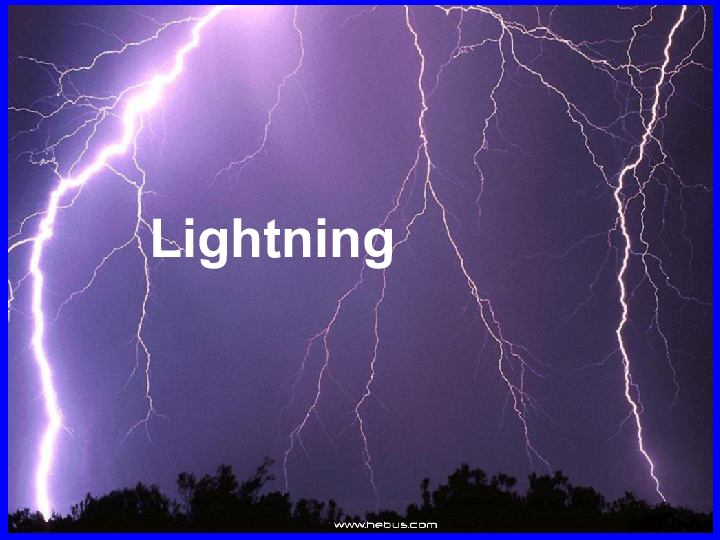"The Fascinating World of Flying Bugs Attracted to Light: Understanding Their Behavior and Impact on Ecosystems"
Guide or Summary:Understanding the AttractionTypes of Flying BugsEcological ImpactHuman InteractionFlying bugs attracted to light (飞虫被光吸引) are a common sigh……
Guide or Summary:
Flying bugs attracted to light (飞虫被光吸引) are a common sight on warm summer nights. These insects, including moths, beetles, and various other species, are drawn to artificial lights, creating a captivating yet puzzling phenomenon. This article delves into the reasons behind this attraction, the types of flying bugs commonly found near lights, and the ecological implications of their behavior.

Understanding the Attraction
The primary reason flying bugs are attracted to light is believed to be their navigational instincts. Many insects use natural light sources, such as the moon, to orient themselves during flight. Artificial lights can confuse these creatures, leading them to spiral towards the source instead of maintaining a straight path. This phenomenon is known as "positive phototaxis," where insects are drawn to light.
Types of Flying Bugs
Several types of flying bugs are commonly attracted to light. Moths are perhaps the most well-known, with thousands of species exhibiting this behavior. They come in various shapes and sizes, from the tiny micro-moths to the large and striking sphinx moths. Besides moths, beetles, flies, and even some wasps can also be seen congregating around light sources. Each species has its unique traits and adaptations that make them fascinating subjects of study.

Ecological Impact
The presence of flying bugs attracted to light plays a significant role in the ecosystem. These insects serve as a food source for various predators, including birds, bats, and other nocturnal creatures. The attraction to light can also facilitate pollination, as many insects inadvertently transfer pollen while visiting illuminated flowers at night. However, the increased presence of artificial lights can disrupt natural behaviors and migration patterns, leading to potential ecological imbalances.
Human Interaction
Humans have long been fascinated by flying bugs attracted to light. From backyard gatherings to scientific studies, the allure of these insects has led to various interactions. However, the use of artificial lighting can have unintended consequences, such as attracting pests that damage crops or spread diseases. Understanding the behavior of these flying bugs can help mitigate negative impacts while appreciating their role in the environment.

Flying bugs attracted to light (飞虫被光吸引) are more than just a summer nuisance; they are integral to our ecosystem. By exploring their behavior, types, and ecological significance, we can better appreciate these fascinating insects. As we continue to illuminate our world, it is crucial to consider the impact of artificial light on these creatures and strive for a balance that allows us to coexist harmoniously with nature. Through increased awareness and responsible practices, we can protect the delicate ecosystems that these flying bugs inhabit while enjoying the beauty they bring to our nights.